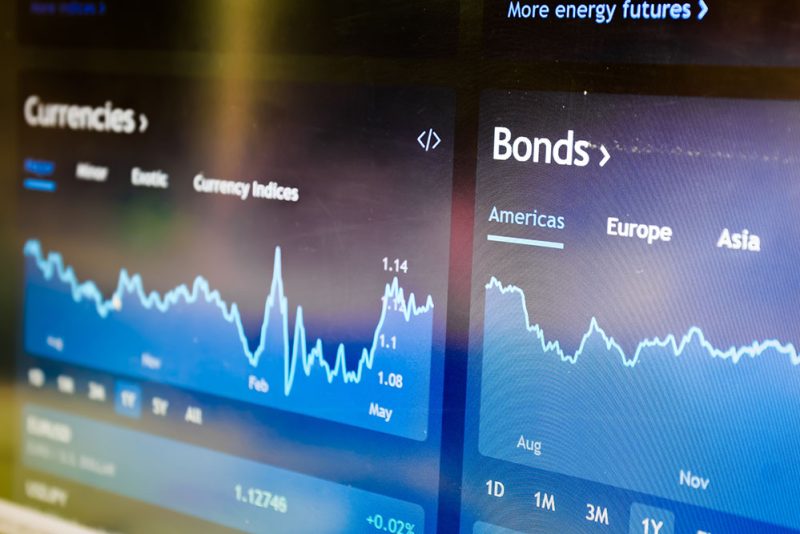The big bond bounce-back – why high-quality bonds are still in favour

Most investors would probably like to forget the poor performance of both bonds and equities in 2022 and early 2023.
For many investors it was their first real experience of bonds falling in value, particularly at the same time as equities. Different investors would have experienced different outcomes in 2022 (and subsequently) depending on the type of bonds that they held. It is worth revisiting what has happened since then.
Bonds are issued by companies or governments in order to raise money. Investors buy the bonds, giving a loan to the organisation and they agree to pay it back on a specific date (maturity), with interest payments along the way. Unlike equities, bonds do not offer ownership rights but the market value of them can change along with their popularity to potential buyers.
Going back to first principles, we can remind ourselves of several characteristics that apply to bonds: bond prices move in the opposite direction to bond yields (the return or interest the investor expects to receive each year). So when bond yields rise, bond prices fall; the prices of bonds with maturities further into the future are more sensitive to changes in yields than shorter-maturity bonds, making their prices more volatile; the lower the quality of the borrower issuing the bonds, the more like equities they behave; and finally, bond markets do not like inflation, generally driving up yields in the face of rising inflation.
In 2022, with the growing threat of high inflation following Russia’s invasion of Ukraine, exacerbated by the instability of the unfunded tax promises of the Conservative government under Liz Truss, bond yields rose dramatically and substantially.
The bond see-saw moved violently, with those owning longer-dated bonds suffering material and painful falls in value. Those who owned shorter-dated bonds fared better, but even so delivered falls in value.
Yet, bond owners from that point on began to benefit from the higher yields that their bonds now delivered, recouping some of those falls in value. If we look at data showing how far bonds fell for different maturities and what the return has been in cumulative terms in the last two years, we can see a big bond bounce-back for shorter-dated bonds has occurred. In fact, they are back to where they started. Meanwhile, longer-dated bonds still sit deeply underwater.
It is evident that shorter-dated bonds have recovered far more quickly than longer-dated bonds as the prices of the former fell less far, and the consequent higher yields have helped to recoup these falls, at least in nominal, pre-inflation terms.
At their worst, shorter-dated global bonds were down around -7% in 2022. However, they delivered just over +5% in 2023, and around +1% to the end of June this year following small yield rises across major markets.
We have always tended to favour shorter-dated bonds for this reason believing that the small premium available in lending for longer is outweighed by the downside protection that comes from owning shorter-dated bonds alongside their bounce-back-ability!


